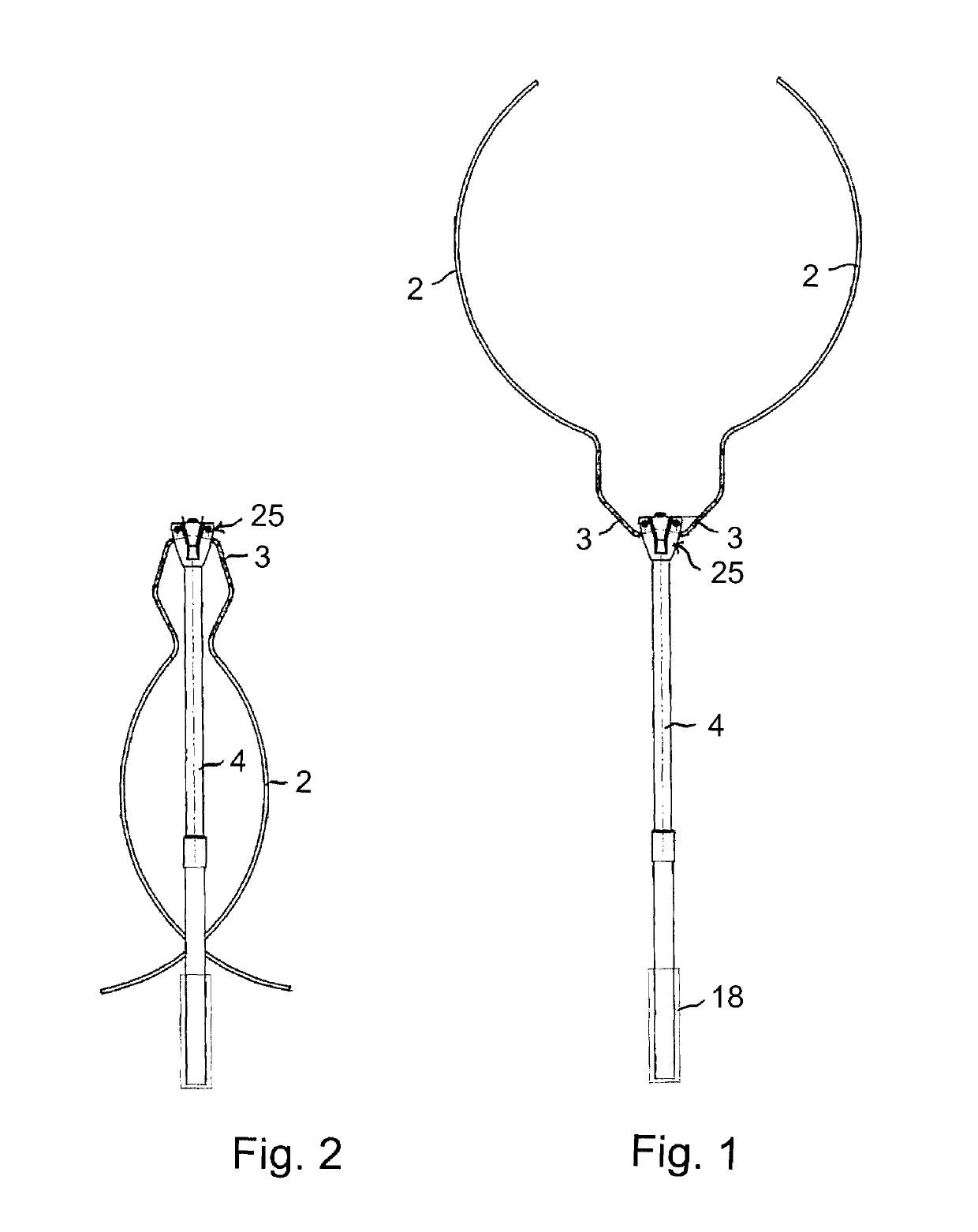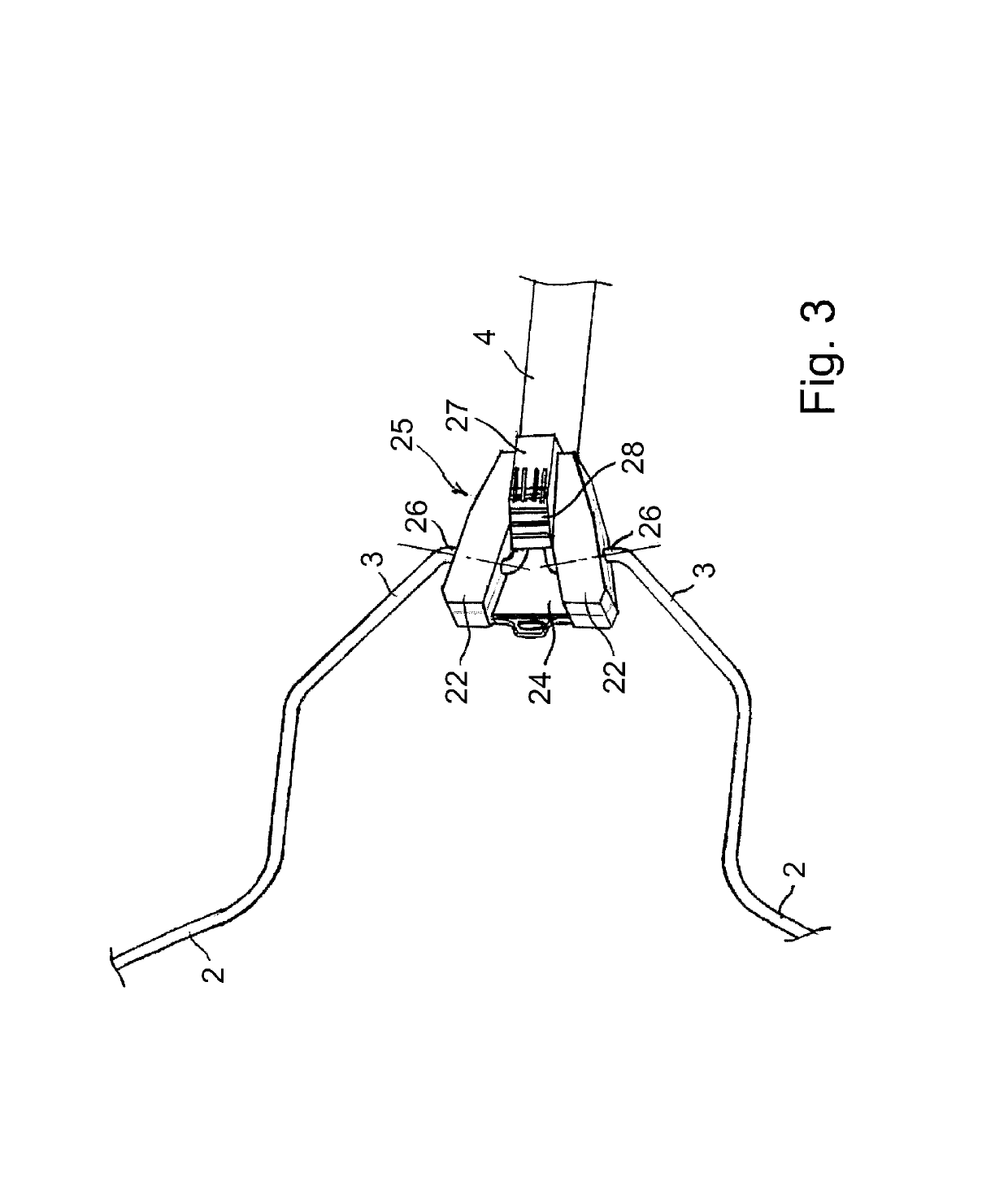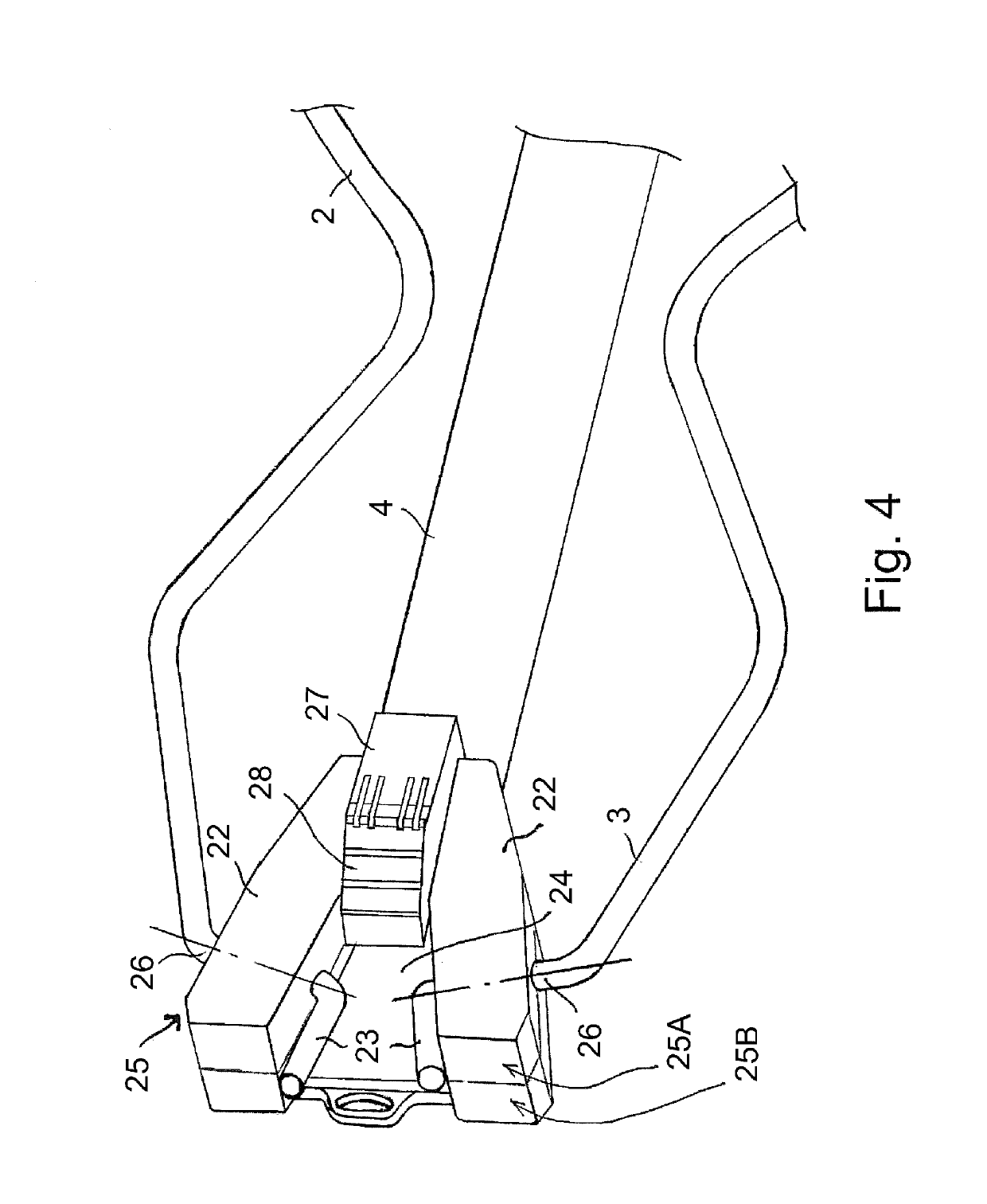Fire departments are overloaded with paramedic calls; the typical
response time in North America for a fire is more than 8 minutes, during which time a cooking oil fire can do tremendous damage or spread out of control.
Recent changes to
cooking methods have brought new safety risks to the use of portable, chemical fire extinguishers.
The replacement of animal fats used as cooking oils with healthier vegetable oils has reduced the ability of dry chemical fire extinguishers to effectively put out cooking oil fires.
Portable, dry chemical fire extinguishers have trouble preventing a re-flash from occurring in these new fryers, because of the large amount of retained heat.
Heat breaks down the “foam
blanket”, meaning that the fire may keep self-igniting until the oil cools down.
Using the wrong kind—for example, a Class A, B, or C
fire extinguisher—on a cooking oil fire, will either be ineffective or will make the situation worse, threatening the safety of the family members and risking the loss of the home.
Most homeowners do not know that only Class K fire extinguishers can be used on a cooking oil fire.b) Most homeowners do not hang their portable chemical
fire extinguisher in the kitchen, because they do not feel the devices are attractive.
Some homeowners may even forget where they stored their fire extinguisher, which will cause
lost time in the event of a fire.c) Portable chemical fire extinguishers need recharging.
An out-of-date chemical fire extinguisher may be of no help.d) If the homeowner should have a Class K fire extinguisher, and if he remembers where he put it and finds it quickly, and if the fire extinguisher has been appropriately recharged, there is still a huge problem—lack of training.
Most homeowners purchase their fire extinguishers from
mass merchants and, therefore, are not trained in the proper use of their device, especially on something as dangerous as a cooking oil fire.
Standing too close to the burning oil while using a chemical fire extinguisher can cause life threatening burns.e) Portable chemical fire extinguishers with plastic parts have proven to be unreliable or defective.
One manufacturer recently announced the recall of 37 million fire extinguishers in the United States.f) Portable chemical fire extinguishers have the
disadvantage that, upon use, the entire kitchen will be contaminated and will require a significant, sometimes expensive, clean-up effort.
Unfortunately, the process also creates quite a mess in the kitchen.
However, fire suppression blankets also have some significant disadvantages.
This means the
blanket will not be instantly deployable, which can cause
lost time in the event of a fire.
After the
blanket is opened, simply throwing the blanket on a cooking oil fire is not a good idea.
A missed throw may cause the pan to splash burning oil on the user and / or all over the kitchen, resulting in burns to the user and the fire spreading out of control.
Attempting to get close enough to be able to slowly and carefully cover the fire with the blanket is not practical.
A cooking oil fire is simply too hot to get sufficiently close to it.
Further problems will result if a corner of the blanket lands in the cooking oil.
Instead of eliminating the supply of
oxygen and putting out the fire, the blanket material will act as a wick and start to burn.
The requirement that the frame be flexible enough to change shape when placed in the storage container, is counterproductive, resulting in a device in which the flexibility of the frame does not allow the fire resistant material to create an adequately airtight seal when covering the cooking vessel.
The lack of an adequate airtight seal allows the oil fire in the cooking vessel to continue to burn.
The springs used for automatic deployment are under load in the storage position and therefore will gradually lose their strength or become out of round, no longer providing a flat surface to effectively cover the pan, thereby not creating an airtight seal and not
cutting off the supply of oxygen and allowing the fire to continue to burn.
The folding arm springs are under load in the storage position and will lose their resiliency during the long periods of time the device is typically in the storage position.
This may cause a malfunction of the device during its opening into the usage position.
The
handle is a flat resilient plate which is difficult to
handle and is too short to permit the user to remain a safe distance from the fire.
The frame obstructs proper covering of the cooking vessel.
The resiliency of the folding arms makes covering the cooking vessel difficult.
This degree of flexibility will be counterproductive when trying to put out a cooking oil fire, since the flexibility prevents sufficient downward pressure from being applied by the user to tightly cover the cooking vessel on fire.
Neither Schwartz nor Graham has sufficiently taken into consideration the material properties of springs and the effect that gradual plastic deformation will have when the springs are under
constant load for long periods of time.
Since the springs in both Schwartz and Graham are under constant compression in the storage position, the
creep / relaxation properties of springs will cause these fire extinguishing devices to eventually fail after being in storage for a long time.
In this case, unfortunately, in the event of a fire, the homeowner will simply realize that the device does not work.
 Login to View More
Login to View More  Login to View More
Login to View More 


